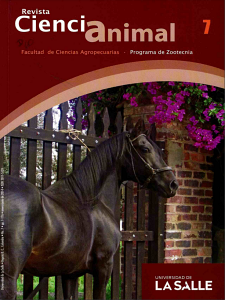Abstract
The aim of this review is to discuss the influence of environmental and biological factors on the development and expression of aggression in pigs. Inadequate resource distribution was found to be an incentive for competition, and aggressive competitions to be particularly encouraged when resources are defensible. Therefore, introduction of basic or additional resources should be carefully scattered. Less fighting was found in larger groups, as individuals have fewer opportunities to monopolize resources. Nevertheless, increasing group size may increase the risk of damaging behaviours. Greater space provides the opportunity to escape or avoid aversive interactions. Aggressive interactions at mixing appear to be necessary for assessing unfamiliar individual’s competitive abilities and for the subsequent establishment of a social hierarchy. Thus, the pre-exposure and gradual introduction of a new individual will facilitate its assessment, helping to reduce aggression incidences. Resident pigs seem to be more driven to attack than intruders, as residents are generally highly motivated to defend their resources. Separating and reuniting pigs seems to be a problem when pigs are separated for longer than a few weeks, as pig’s capacity to recognize individuals is limited by memory. Thus, pigs should be separated only for short periods of time. Aggression may be reduced by introducing either male or female dominant individuals. Proper social experiences seem to prepare animals to interact and adapt appropriately to future social situations and aggression modulation. In conclusion, pig welfare can be improved by controlling and modifying the animal’s environment and by considering, identifying and managing the biological factors that potentially have an influence on aggressiveness.Downloads
Download data is not yet available.



